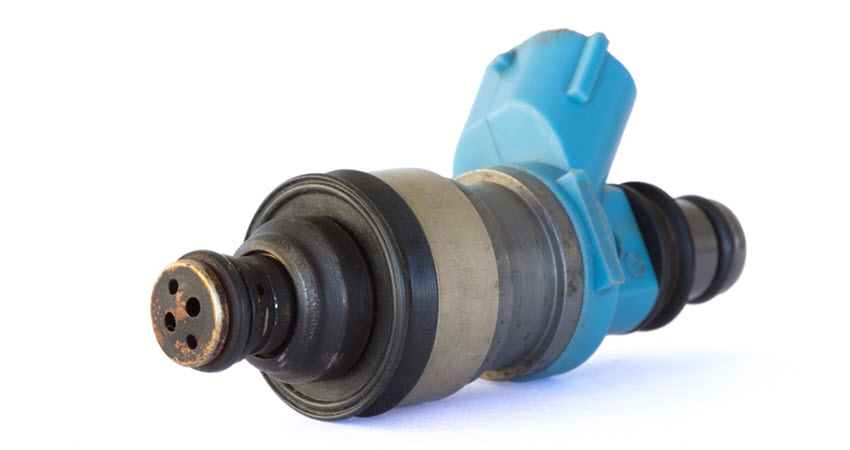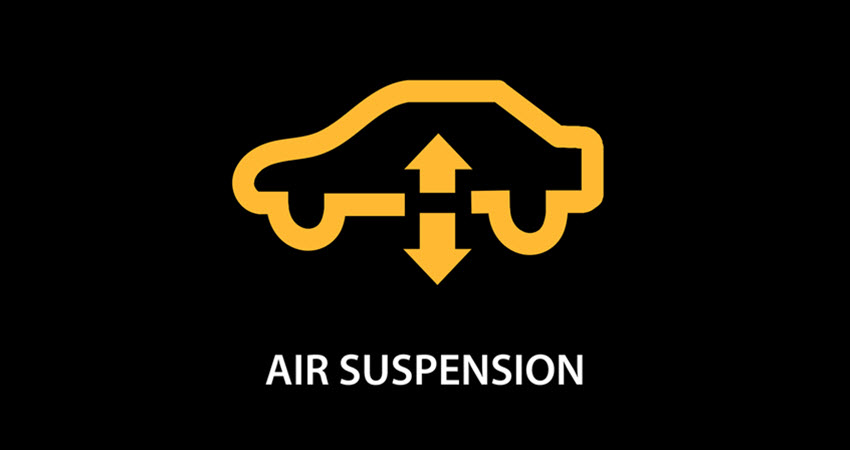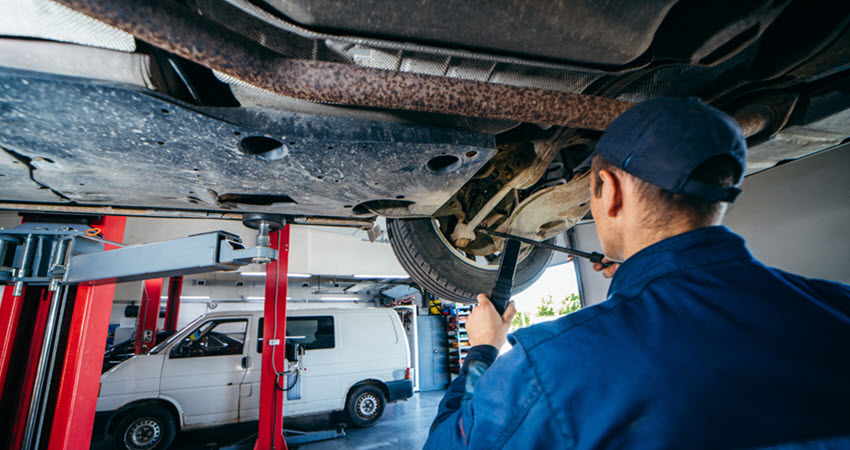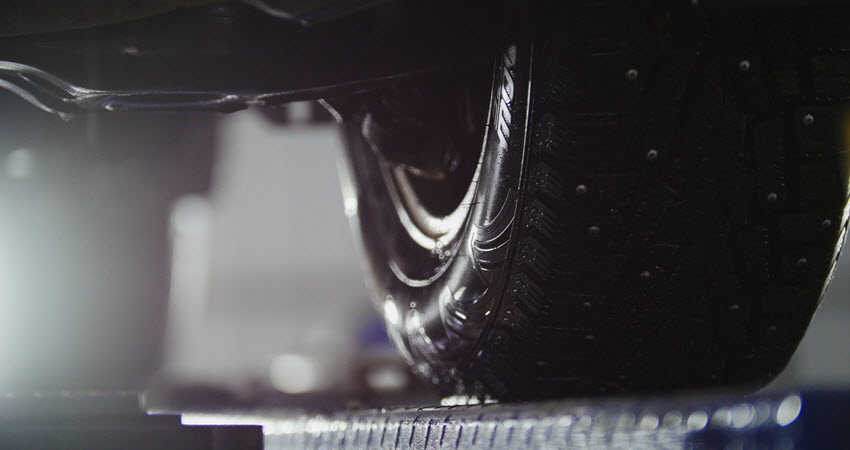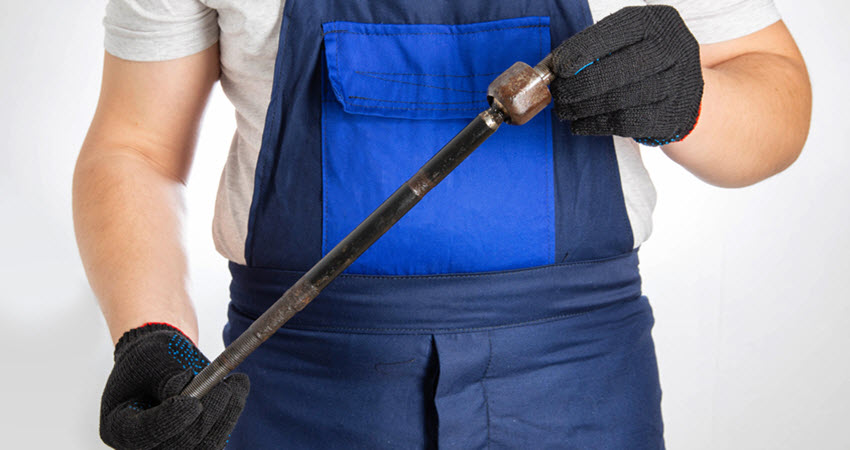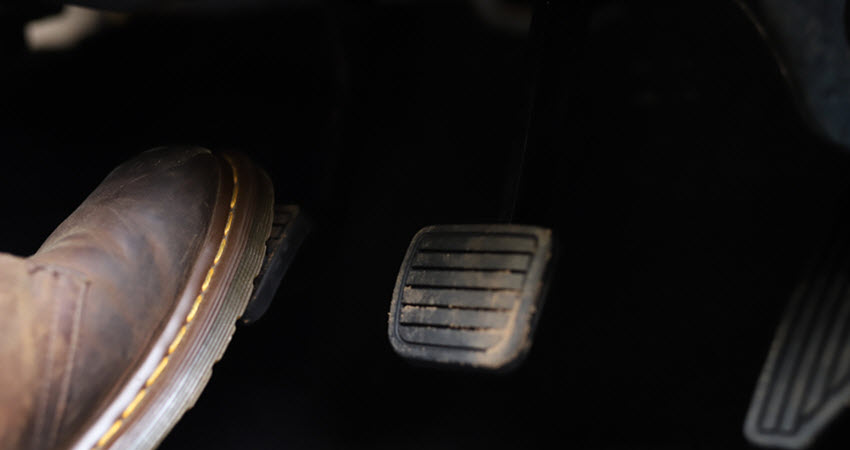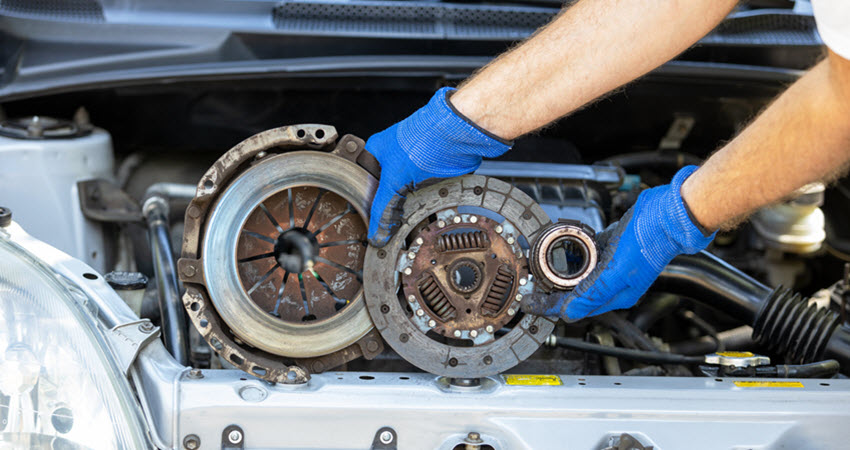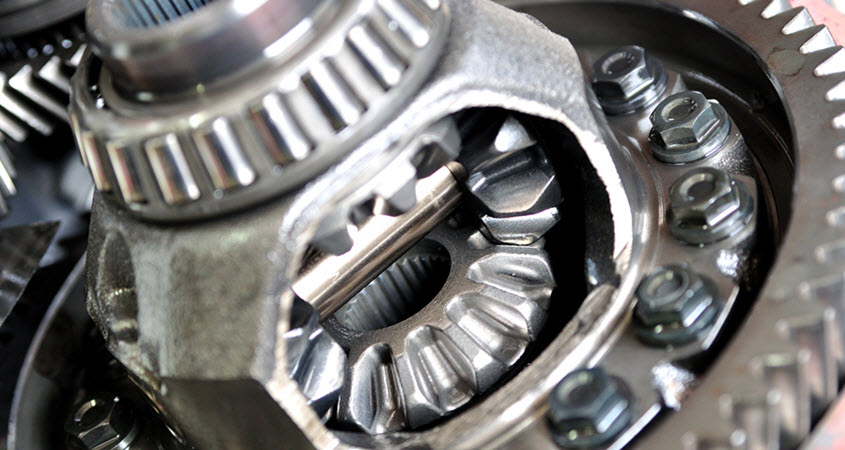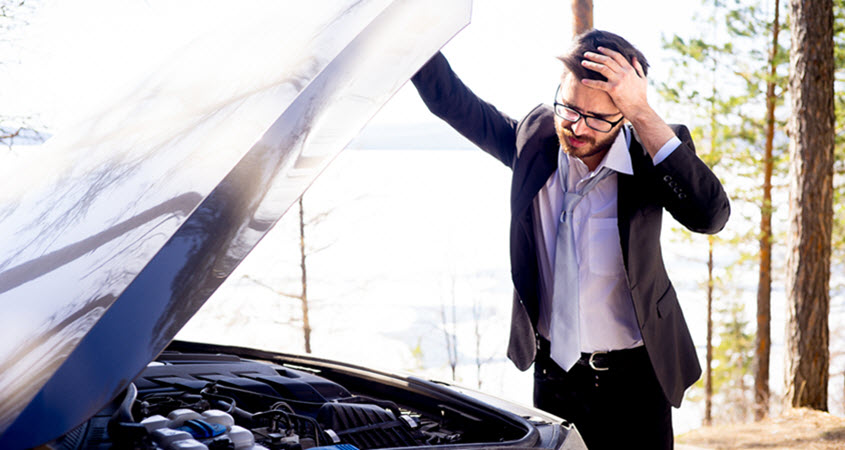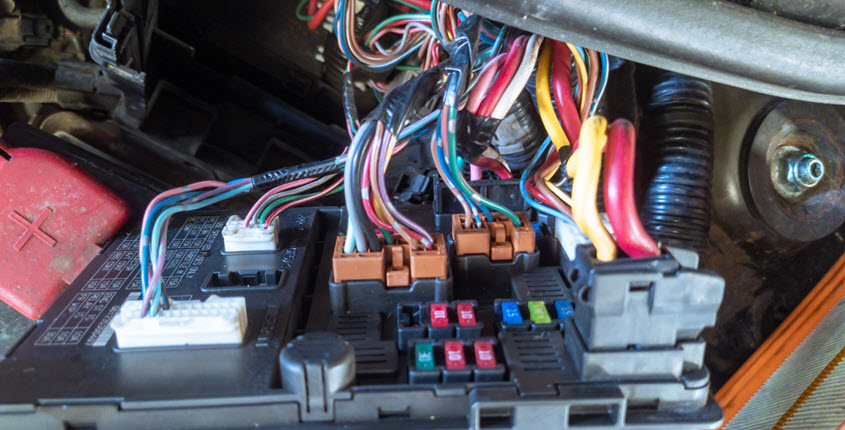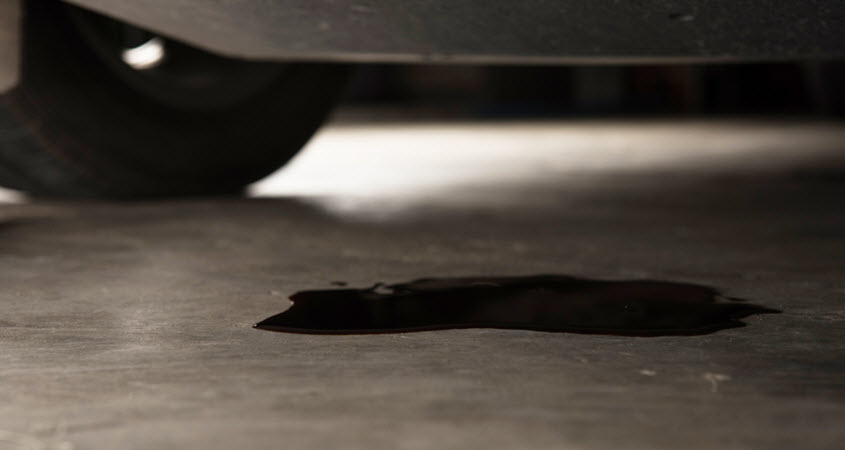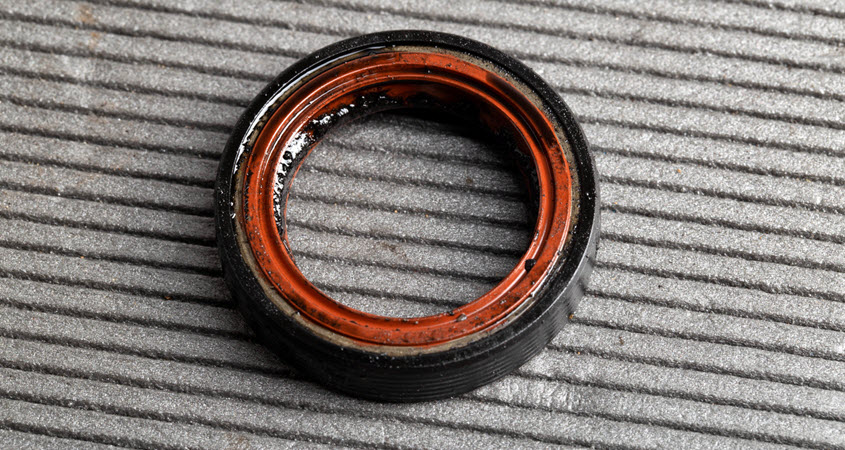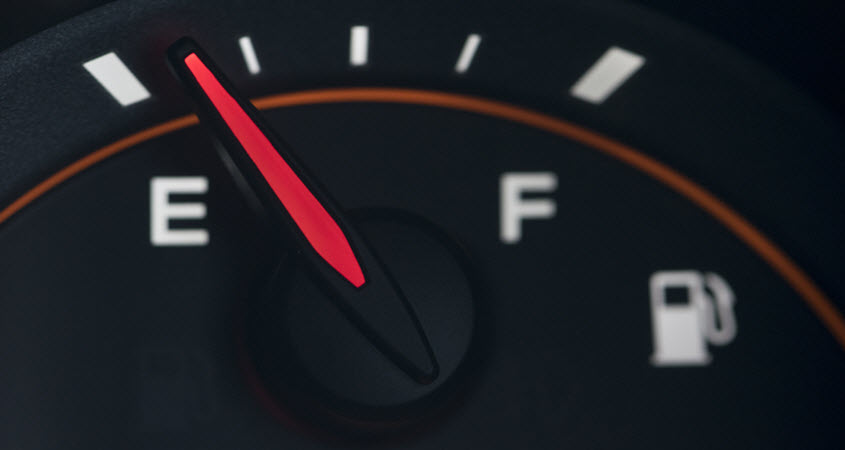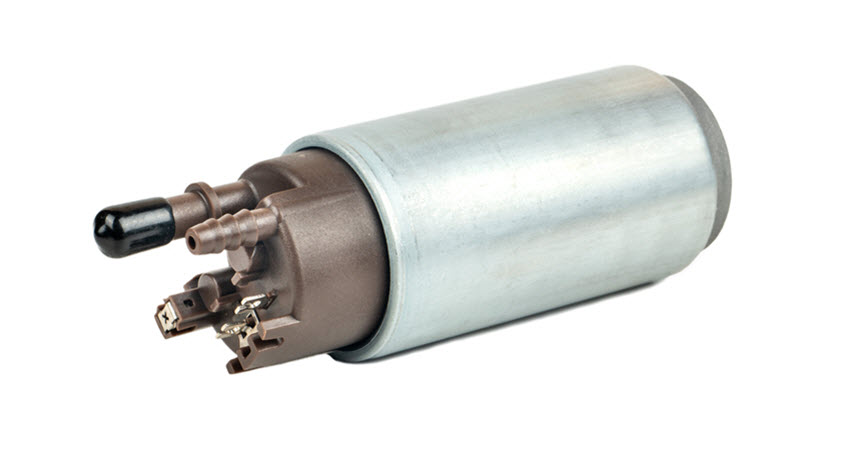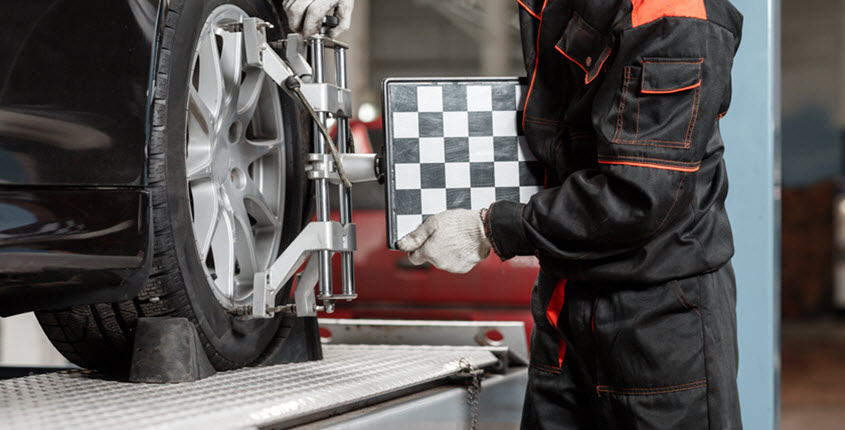A key component of a BMW’s fuel system is the fuel injector. The fuel injector is a small nozzle that sprays fuel into the engine’s combustion chamber. Over time, fuel injectors can become clogged or worn out, causing a range of problems that can affect your BMW’s performance.
The fuel pump pushes fuel from the gas tank to the fuel injector, which then delivers fuel to the engine’s intake manifold. The amount of fuel that is delivered to the engine is precisely controlled by the car’s engine control unit, which determines the amount of fuel needed based on various inputs such as engine load, throttle position, and engine speed.
Once the fuel reaches the fuel injector, it is pressurized and sprayed through a small nozzle in the form of a fine mist that increases the surface area of the fuel, making it easier to ignite. The fuel injector releases the fuel into the engine’s intake manifold at the precise time, usually just before the intake valve opens, to ensure optimal combustion.
What is BMW Fuel Injector Service?
BMW fuel injector service involves cleaning or replacing the fuel injectors in your BMW’s engine. The service typically includes a thorough inspection of the fuel injectors to identify any signs of wear or damage and a cleaning process to remove any built-up deposits or debris that may be affecting the injectors’ performance.
Why is BMW Fuel Injector Service Important?
Fuel injectors can become clogged with debris and deposits that build up in the engine’s fuel system, and this can result in various issues, including reduced fuel efficiency, rough idling, engine misfires, and even engine damage. Regular fuel injector service can help to prevent these issues by keeping the fuel system clean and functioning at peak performance.
When Should You Schedule BMW Fuel Injector Service?
The recommended schedule for BMW fuel injector service varies depending on the model and year of your vehicle, your driving habits, and the conditions in which you drive. Generally, having your fuel injectors inspected and cleaned every 30,000 miles or so is a good idea.
However, if you notice any of the following symptoms, you should schedule a fuel injector service appointment as soon as possible:
- Reduced Fuel Efficiency: A clogged or damaged fuel injector can cause your BMW to use more fuel than usual. If you notice that your BMW’s fuel economy has decreased significantly, it may be a sign that your fuel injectors need to be serviced.
- Rough Idling or Stalling: A fuel injector that is not functioning properly can cause your BMW to idle roughly or even stall. When you notice that your engine is running unevenly or if it stalls when you stop, it may be due to a fuel injector problem.
- Engine Misfires or Hesitation: A malfunctioning fuel injector can cause the engine to misfire or hesitate when accelerating. If you feel that your BMW is not accelerating as quickly as it used to, or if you notice a hesitation when you press down on the accelerator pedal, it may be due to a fuel injector problem.
- Increased Exhaust Emissions: A clogged or damaged fuel injector can cause your BMW to emit higher levels of pollutants, such as carbon monoxide or hydrocarbons, into the atmosphere. If your exhaust emissions are higher than normal, it may be a sign that your fuel injectors need to be serviced.
- Engine Damage or Failure: In some cases, a fuel injector problem can lead to engine damage or failure. If you ignore the warning signs and continue to drive with a malfunctioning fuel injector, it can cause serious damage to your BMW’s engine. This can be a costly repair, so it’s best to have your fuel injectors serviced as soon as possible if you notice any symptoms of a problem.
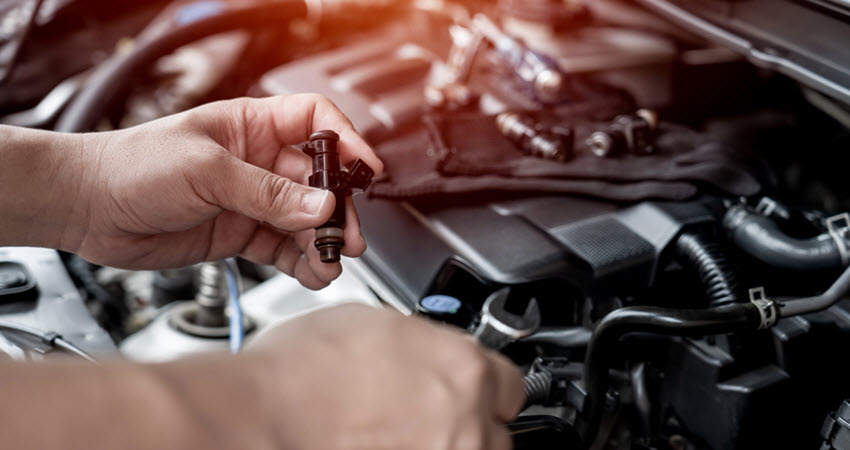
Let Kruse Lucas Imports Service Your BMW
If you own a BMW and you’re experiencing any of the symptoms listed above, Kruse Lucas Imports is here to help you fix the issue. We are your trusted and reliable auto repair shop, always pleased to serve residents in Manteca, Oakdale, Ripon, Turlock, and Modesto, CA. Our skilled and experienced technicians have the expertise to handle all your BMW’s service and maintenance needs, from routine oil changes to major repairs.
At Kruse Lucas Imports, we believe that our commitment to excellence is what sets us apart. We provide fast, efficient, and reliable service, and we’re confident that you’ll be satisfied with the quality of our work. Book an appointment with us today and experience the difference that we can make for your BMW.
 525 Tully Road
525 Tully Road (209) 529-9111
(209) 529-9111

